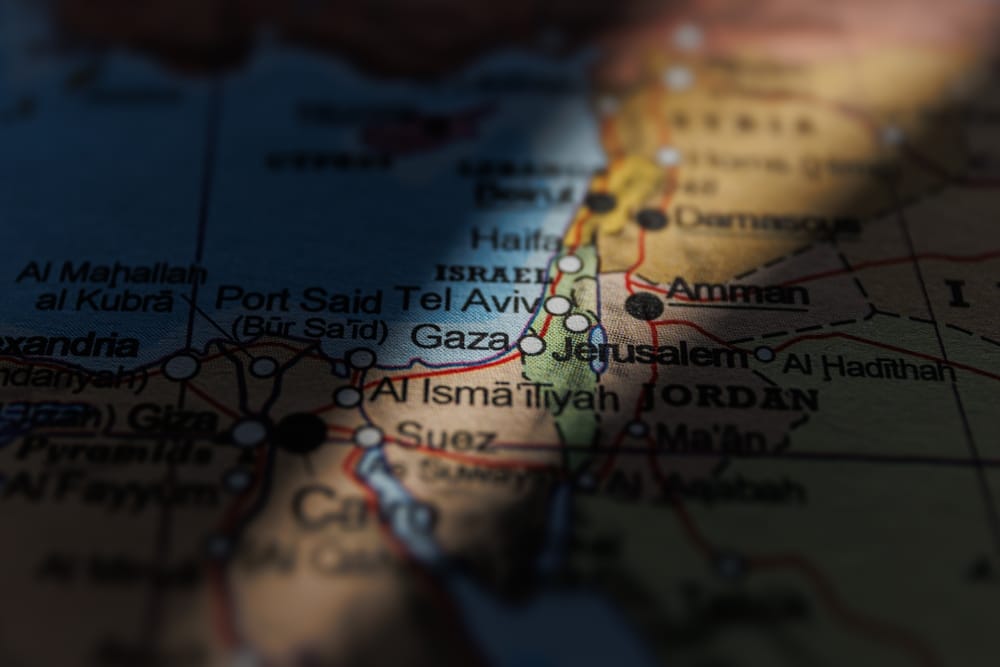Missile-defense physics may require interceptors to fly into ‘the teeth of the Russian early warning net.’ If Pyongyang fires a missile at the United States, its most-likely trajectory would take it over the North Pole. A U.S. attempt to shoot down that missile would probably occur within Russian radar space — and possibly over Russia itself. “It’s something we’re aware of,” Gen. Lori Robinson, who leads both U.S.
Northern Command and the North American Aerospace Defense Command, or NORAD, said Wednesday. “It’s something we work our way through.” By year’s end, the U.S. will have deployed 44 ground-based interceptors, or GBIs: 40 at Fort Greeley, Alaska, and four at Vandenberg Air Force Base, California. If deterrence fails, those interceptors would be the last line of defense against a North Korean missile. Each incoming ICBM might be met with four or more GBIs. READ MORE


















What’s the problem?!?! We have a regime threatening the United States and firing missiles in a provocative display.
Destroy EVERY missile leaving N.K. airspace. Is our Military lying about its ability to shoot down Rockets? This is a harmless means to dismay this intimidation for Pete’s sake!